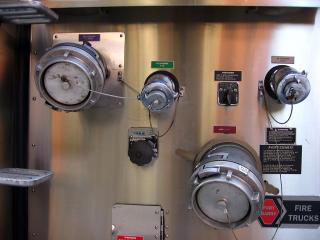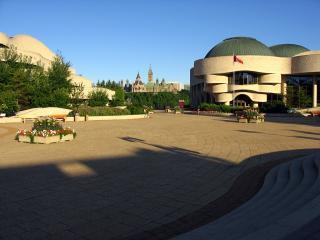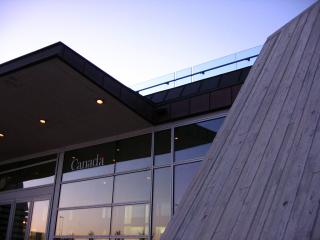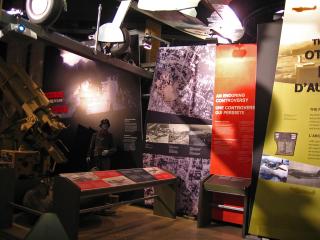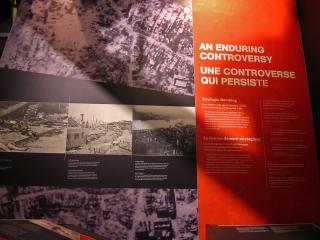Every second Wednesday, I expect Ottawa experiences a marked uptick in consumer spending as all the civil servants get paid simultaneously. This may prove especially true next month, due to a quirk in financial timetables. Since paycheques are issued every two weeks, there are always at least two in a month. Twice a year, however, there will be a month where people get three paycheques. Most people, I expect, deal primarily with expenses that run month to month: rent, credit card bills, and the like. As such, that third paycheque seems like a kind of windfall.
Thought of in this way, the question that comes to mind is how to deal with the ‘surplus.’ The most conservative option would be to put it toward my student loan payments. An alternative is to put it into general savings, as a hedge against future financial needs. A final and more appealing option would be to spend it on a big purchase. My iBook is suffering more and more acutely with the pasage of time. Despite the upgrade to 1.25 GB of RAM, it now takes more than 20 minutes to boot up (I never shut it down, if I can avoid it). It also has trouble accessing the web, playing music, and keeping track of email at the same time. A new MacBook might be an excellent way to help ease myself into Ottawa’s winter chill…



